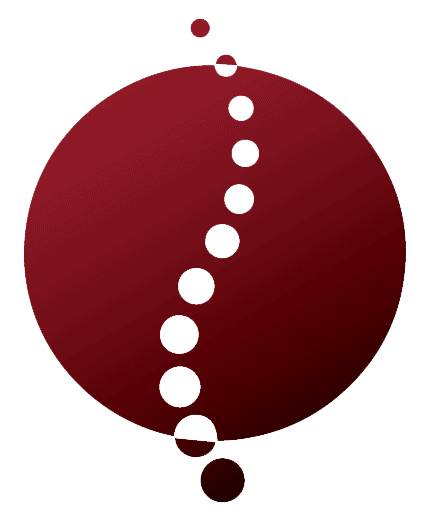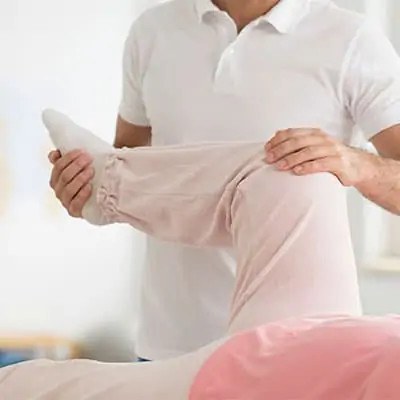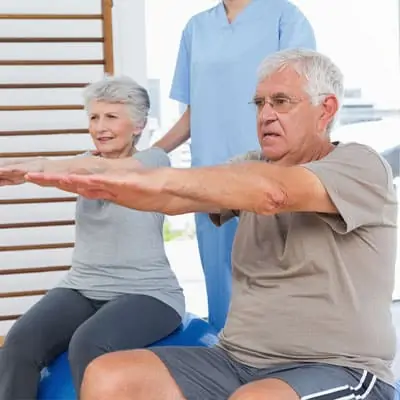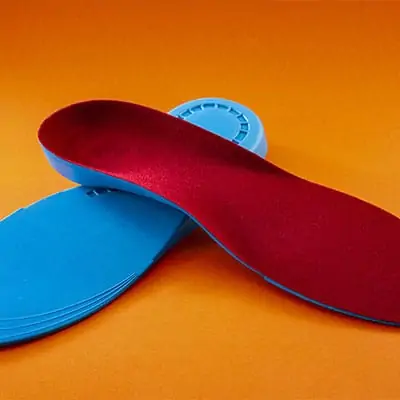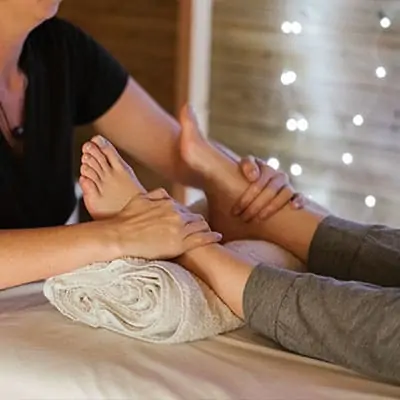Understanding Scoliosis
What is Scoliosis?
Scoliosis is a condition where the spine curves sideways. This curvature can develop during childhood or adolescence, affecting the overall alignment of the back. The degree of curvature can vary, and in many cases, it is mild. However, more severe cases can lead to discomfort and other health issues.
Scoliosis is often categorized based on the age of onset and the type of curvature:
| Type of Scoliosis | Age Range | Characteristics |
|---|---|---|
| Infantile Scoliosis | 0-3 years | Develops in early childhood |
| Juvenile Scoliosis | 3-10 years | Identified during early school years |
| Adolescent Scoliosis | 10-18 years | Most common type, develops during puberty |
| Adult Scoliosis | 18+ years | Can be a progression of adolescent scoliosis or develop due to aging |
For more detailed information, you can visit our article on scoliosis and scoliosis types.
Importance of Treatment
Treating scoliosis is crucial for preventing the progression of spinal curvature and alleviating symptoms. Without appropriate treatment, scoliosis can lead to chronic pain, respiratory issues, and reduced quality of life. Early intervention, particularly in children and adolescents, can significantly improve outcomes.
The primary goals of scoliosis treatment are to:
- Halt the progression of spinal curvature
- Alleviate pain and discomfort
- Improve posture and appearance
- Enhance overall quality of life
Treatment options vary depending on the severity and type of scoliosis. They may include observation, physical therapy, bracing, and in severe cases, surgery. For those with mild to moderate scoliosis, wearing a scoliosis brace can be an effective non-surgical option. Bracing aims to prevent further curvature and maintain spinal alignment.
For further guidance on treatment options, refer to our articles on scoliosis treatment and scoliosis physical therapy.
Understanding the importance of timely and appropriate treatment can empower you to make informed decisions about managing scoliosis effectively. For more information on the symptoms and causes of scoliosis, explore our articles on scoliosis symptoms and scoliosis causes.
Role of Scoliosis Braces
Scoliosis braces play a crucial role in the management and treatment of scoliosis, particularly in children and adolescents. Understanding their purpose and how they work can help you make informed decisions about your treatment options.
Purpose of Scoliosis Braces
The primary purpose of a scoliosis brace is to prevent the progression of spinal curvature. By wearing a brace, you can stabilize the spine and provide the necessary support to maintain a more natural alignment. This is especially important for growing children and teenagers, as their spines are still developing.
Braces are typically recommended for individuals with moderate scoliosis curves, ranging from 25 to 40 degrees. The goal is to halt further curvature and, in some cases, reduce the existing curve. It’s important to note that braces are not a cure for scoliosis but a method to manage the condition and prevent it from worsening.
| Scoliosis Curve Degree | Brace Recommendation |
|---|---|
| 0 – 20 degrees | Observation |
| 20 – 25 degrees | Possible Brace (if progression is noted) |
| 25 – 40 degrees | Brace Recommended |
| 40+ degrees | Surgical Consideration |
How Scoliosis Braces Work
Scoliosis braces work by applying pressure on specific areas of the spine to correct the abnormal curvature. The brace exerts a counteracting force against the curve, encouraging the spine to grow in a straighter position. The effectiveness of the brace depends on several factors, including the type of brace, the severity of the scoliosis, and how consistently you wear it.
There are different types of scoliosis braces, each designed to address specific needs and preferences. Common types include TLSO (Thoracolumbosacral Orthosis) braces, Milwaukee braces, and Charleston bending braces. Each type has unique features and mechanisms to provide the necessary support and correction.
Braces should be worn for the recommended hours per day, typically ranging from 16 to 23 hours. Consistency is key to achieving the desired results. It’s also essential to follow your healthcare provider’s instructions and attend regular check-ups to monitor the progress of the treatment.
For more information on the types of scoliosis braces and their specific features, refer to our section on Types of Scoliosis Braces.
By understanding the role and purpose of scoliosis braces, you can better navigate your treatment journey. Remember to consult with a healthcare professional to determine the most suitable brace for your condition and ensure proper fitting and usage. For further guidance, visit our articles on scoliosis treatment and scoliosis management.
Types of Scoliosis Braces
When it comes to managing scoliosis, choosing the right brace is essential. Braces help to prevent the progression of spinal curvature and offer support. Here, we explore three common types of scoliosis braces: TLSO braces, Milwaukee braces, and Charleston Bending braces.
TLSO Braces
Thoracolumbosacral orthosis (TLSO) braces are one of the most commonly prescribed types for scoliosis. They are designed to fit under the arms and around the rib cage, lower back, and hips. TLSO braces are often recommended for individuals with curves in the mid to lower spine.
| Feature | Description |
|---|---|
| Coverage Area | Thoracic, Lumbar, and Sacral regions |
| Wear Time | Typically worn 18-23 hours a day |
| Customization | Custom-made to fit the patient’s body |
The TLSO brace is discreet and can be worn under clothing, making it a popular choice for daily use. It is essential to ensure a proper fit for maximum effectiveness and comfort. For more details on scoliosis symptoms and how braces can help, visit our article on scoliosis symptoms.
Milwaukee Braces
The Milwaukee brace is a full-torso brace that extends from the pelvis to the base of the skull. This brace is used for high thoracic curves or curves that are located higher up in the spine. It is one of the oldest types of scoliosis braces and is highly effective for specific types of spinal curvature.
| Feature | Description |
|---|---|
| Coverage Area | Full torso, including neck |
| Wear Time | Typically worn 18-23 hours a day |
| Customization | Custom-fitted with adjustable components |
The Milwaukee brace includes a neck ring with rests for the chin and the back of the head. While it can be more cumbersome than other types, it offers comprehensive support for severe curves. To understand more about different types of scoliosis and their treatments, explore our article on scoliosis types.
Charleston Bending Braces
The Charleston Bending brace is designed for night-time wear, making it unique among scoliosis braces. It is used primarily for treating single curve scoliosis and is molded to hold the spine in a “bent” position opposite to the curve.
| Feature | Description |
|---|---|
| Coverage Area | Thoracic and Lumbar regions |
| Wear Time | Worn only at night |
| Customization | Custom-fitted to patient’s curvature |
This brace is particularly effective for curves less than 35 degrees and for patients who prefer not to wear a brace during the day. The night-time wear allows for greater flexibility and comfort during the day. For more information on managing scoliosis through exercises and other treatments, check out our article on scoliosis exercises.
Understanding the different types of scoliosis braces and their specific applications can help you make an informed decision about the best treatment option for your condition. Always consult with healthcare providers to ensure you receive the most suitable brace for your needs.
Considerations for Choosing a Scoliosis Brace
Choosing the right scoliosis brace involves several important considerations. These factors will help determine the most effective and comfortable brace for your specific condition.
Severity of Scoliosis
The severity of your scoliosis plays a crucial role in selecting the appropriate brace. Scoliosis is typically measured in degrees of spinal curvature. Depending on the degree, different types of braces may be recommended.
| Degree of Curvature | Recommended Brace Type |
|---|---|
| 10° – 20° | Observation or Mild Bracing |
| 20° – 40° | TLSO Braces |
| 40°+ | Consideration of Surgical Options or Specialized Braces |
Mild cases might not require aggressive bracing, while moderate to severe cases often need more rigid and supportive braces like TLSO or Milwaukee braces. Consult your healthcare provider to determine the best brace based on your curvature degree. For more information on scoliosis diagnosis, visit our detailed guide.
Comfort and Fit
Comfort and fit are crucial for ensuring you consistently wear your scoliosis brace. An uncomfortable brace may lead to poor compliance, reducing its effectiveness. When selecting a brace, pay attention to the following factors:
- Adjustability: Ensure the brace can be easily adjusted for a snug fit.
- Padding: Look for adequate padding to minimize irritation and discomfort.
- Breathability: Choose materials that allow for good airflow to avoid excessive sweating.
Proper fitting often requires professional assistance. Your healthcare provider can help customize the brace to suit your body shape and needs, ensuring optimal comfort and effectiveness. Learn more about how to maintain a comfortable lifestyle with a brace in our scoliosis management article.
Compliance and Consistency
Wearing your scoliosis brace consistently is critical for achieving the desired results. Compliance can be influenced by several factors:
- Ease of Use: A brace that is easy to put on and take off will encourage regular use.
- Aesthetics: Some individuals may be more likely to wear a brace that is less noticeable under clothing.
- Support System: Having a strong support system of family, friends, and healthcare professionals can improve compliance.
To track and improve compliance, consider keeping a log of wear times and any issues encountered. Discuss these with your healthcare provider to make necessary adjustments. Explore more tips for staying consistent with your treatment in our article on scoliosis treatment.
By considering these factors, you can make an informed decision about which scoliosis brace will best help you manage your condition and improve your posture. For further insights, explore related topics such as scoliosis symptoms and scoliosis physical therapy.
Lifestyle with a Scoliosis Brace
Living with a scoliosis brace involves adapting to new routines and habits. Understanding how to wear and maintain your brace daily, along with incorporating suitable activities and exercises, is essential for effective scoliosis management.
Daily Wear and Maintenance
Wearing a scoliosis brace consistently is crucial for its effectiveness. Most braces are designed to be worn for a significant portion of the day, typically between 16 to 23 hours. Your healthcare provider will give you specific instructions based on your condition.
Daily Wear Tips:
- Wear a thin, seamless shirt under the brace to prevent skin irritation.
- Ensure the brace fits snugly but comfortably.
- Check for red spots or sores on your skin regularly.
Maintenance Tips:
- Clean the brace daily with mild soap and water.
- Inspect the brace for wear and tear and report any issues to your healthcare provider.
| Task | Frequency |
|---|---|
| Wearing the Brace | 16-23 hours/day |
| Cleaning the Brace | Daily |
| Skin Inspection | Daily |
| Brace Inspection | Weekly |
For more information on maintaining your scoliosis brace, refer to our article on scoliosis management.
Activities and Exercise
Staying active is important for overall health and well-being, even when wearing a scoliosis brace. Certain activities and exercises can help maintain flexibility, strength, and cardiovascular health.
Recommended Activities:
- Walking
- Swimming
- Low-impact aerobics
Exercises:
- Stretching routines to maintain flexibility.
- Core strengthening exercises to support spinal stability.
| Activity | Frequency |
|---|---|
| Walking | 30 minutes/day |
| Swimming | 2-3 times/week |
| Stretching | Daily |
| Core Strengthening | 3 times/week |
For specific exercises tailored to scoliosis, check out our guide on scoliosis exercises.
By following these daily routines and incorporating appropriate activities, you can effectively manage your scoliosis while wearing a brace. Always consult with your healthcare provider before starting any new exercise program to ensure it is safe for your specific condition. For more personalized advice, see our article on consulting healthcare providers.
Seeking Professional Guidance
Consulting Healthcare Providers
When dealing with scoliosis, seeking professional guidance is essential. Healthcare providers, including orthopedists and physical therapists, play a crucial role in determining the best course of action for managing your condition. These professionals conduct thorough evaluations, including physical examinations and imaging tests, to assess the severity of your scoliosis and recommend appropriate treatments.
It’s important to have open and honest conversations with your healthcare providers about your symptoms, lifestyle, and treatment preferences. They can help guide you through the available options and ensure you understand the benefits and limitations of each treatment. For more information on scoliosis symptoms and diagnosis, check out our articles on scoliosis symptoms and scoliosis diagnosis.
| Healthcare Provider | Role in Scoliosis Treatment |
|---|---|
| Orthopedist | Diagnoses and prescribes bracing or surgical options |
| Physical Therapist | Provides exercises and therapy to manage pain and improve posture |
| Primary Care Physician | Monitors overall health and coordinates care |
Customization and Adjustments
Customization is a key aspect of using a scoliosis brace effectively. Each brace needs to be tailored to fit your specific spinal curvature and body shape. Healthcare providers will take precise measurements to ensure that your brace provides the necessary support and correction.
Adjustments to the brace may be required over time, especially in growing children. Regular follow-up appointments with your healthcare provider are essential to monitor progress and make any necessary modifications. This ensures that the brace remains effective and comfortable. For more details on the types of scoliosis braces, visit our section on types of scoliosis braces.
| Customization Aspect | Purpose |
|---|---|
| Measurements | Ensure precise fit for effective support |
| Regular Adjustments | Accommodate growth and changes in curvature |
| Follow-Up Appointments | Monitor progress and make necessary modifications |
Consulting with healthcare providers and ensuring proper customization and adjustments of your scoliosis brace are vital steps in managing scoliosis effectively. For additional resources on managing your condition, explore our articles on scoliosis exercises and scoliosis physical therapy.
